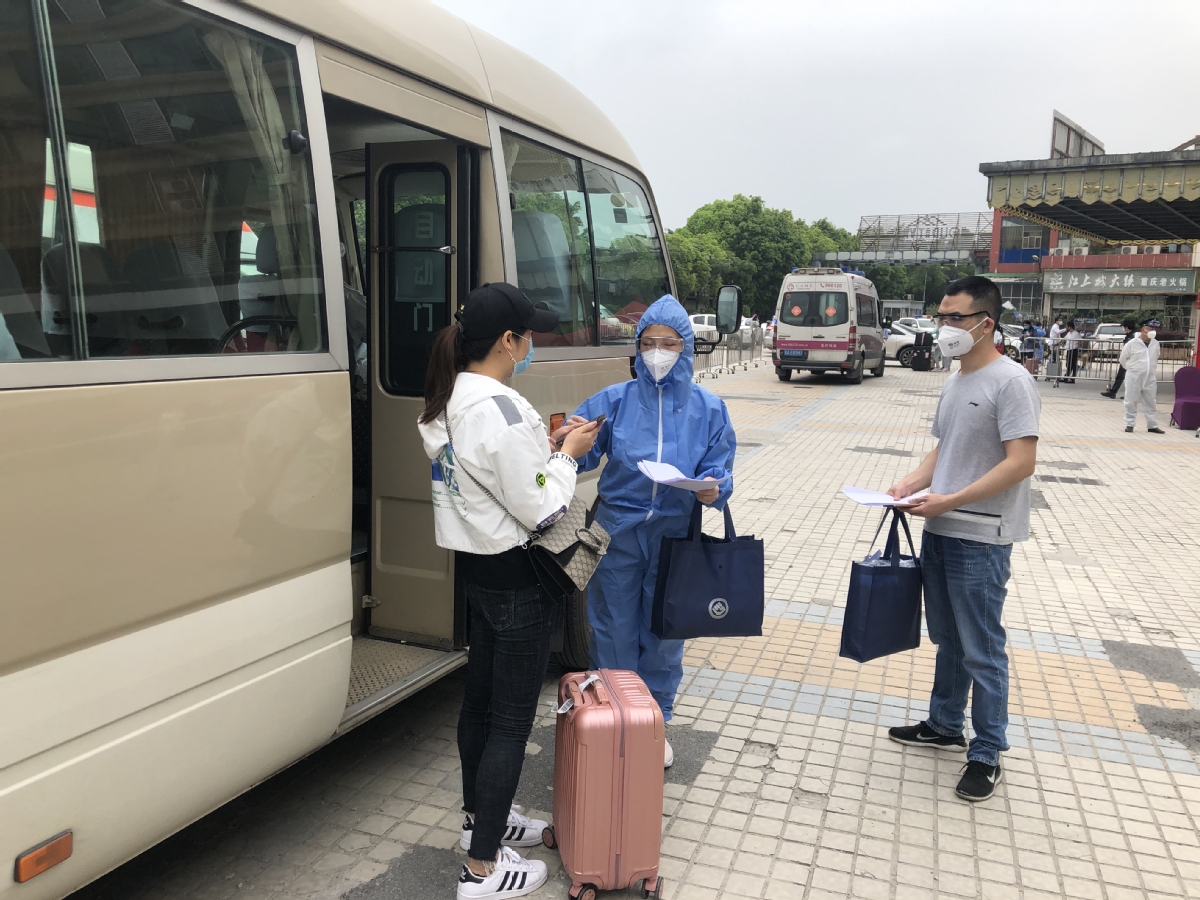Recently a student asked for a copy of an old article of mine, The Difference Between Natural and Professional Translation. You can tell it’s old because it uses professional translation where today I would call it expert translation. Professional translation is expert translation done for money. However, I was drawn to reread the article; and having plenty of time to think during the Spanish lockdown, I wondered what differences might be added to those already mentioned in the article. One such difference is age.
Natural translation begins, we know from Ronjat (see References), as soon as child bilinguals can converse meaningfully, which is typically around age 3. On the other hand there are few expert or professional translators younger than 20, the age at which they start to get translation degrees or take the exams of the professional associations. Of course the older age of the latter can be readily explained by the education, knowledge of the world and cognitive maturity needed. But the result is that for about 15 years of life a vast amount of everyday translating takes place that is almost all natural translation. “Almost” because there are some exceptions: for example the supervised school children who take part in the UK’s Young Interpreter movement that has often been mentioned in this blog; or the secondary school language students who compete in the European Commission’s annual competition. But those are islands in a sea of natural translation.
Now let’s look at the other end of life. A great many salaried professional translators cease work in their sixties because of their employers’ retirement policies. Yet there are also many, especially freelancers, who go on until much later. I have known a few expert freelancers, myself included, who were still working professionally into their eighties. I remember the surprise I felt many years ago when I met the first of these in Toronto. Yet even these survivors fade from the scene by 90, if they are lucky enough to live so long. In my own case it was for two reasons: one was that satisfactory professional translating demands not only high quality but also a cost-efficient and steady rate of output, and I was getting slow; and the other was that translating is tiring.
Freelance professional interpreters tend to fade away sooner than the translators of writings, usually by their mid-seventies, doubtless because interpreting demands faster speed and is more stressful. There's an amusing story listed on my Academia page about a conference interpreter who worked at the Olympic Games in his seventies, but it was exceptional: see My Greek Interpreter in References.
Literary translators follow the same timeline as either professionals or experts according to whether they are paid or not, although most of them are advanced native translators (i.e., self-taught from examples).
Teachers of translation likewise follow the timeline of professional translators; indeed most of them are professional.
As for late-age natural translation, there is a mention in this blog of a natural translator, a lady at a dinner party, in her seventies (see References); but in general there is little information. We can only speculate that it continues as long as the bilingual remains compos mentis.
So much for the age limits, but it tells us nothing about what happens in between them. Surely the natural translator at, say, five isn’t the same translator at ten or fifteen. In the case of expert translators, surely experience has an effect. There are organisations like the government of Canada that rank their translators and interpreters by seniority. But it always seemed to me an aberration that freelance professional conference interpreters just out of training are traditionally paid the same as ones with twenty years of experience.
Thus we know quite a lot about very young natural translators and there is a window of observation of expert translators around twenty, though the universities don’t publish the ages of their graduates and the professional associations don't list those of their members. That leaves big gaps to fill.
To sum up,
1. Natural translation begins about age 3 and
continues to the end of life, which in Western Europe averages about 80: a span
of nearly 80 years.
2.
Expert translation begins at about 20 and continues
steady into old age: roughly 60 years.
3.
Professional translation begins slightly later
and tails off beyond 65: about 40 years.The difference in longevity is one of the reasons for distinguishing between profesional and expert translation.
These are big differences. Of course they are only rough guesses. They tell us nothing about the effects of language proficiency, cognitive development and world experience at different ages and in different contexts. I leave all that to others. It would be helpful if researchers always recorded the age of their subjects.
References
Jules Ronjat. Le développement du langage observé chez un enfant bilingue [Language development in a bilingual child]. In French. Paris: Champion, 1913. 155 p. Available online by clicking here or at https://archive.org/details/ledveloppement00ronjuoft.
Brian Harris. The difference between natural and professional translation. Canadian Modern Language Review, vol. 31, no. 1, 1977. Click HERE.
Translatology. Natural translation has no age limit. Unprofessional Translation, 27 October 2010. Click HERE.
Brian Harris. My Greek Interpreter. 2016. Click HERE.
Image
Source: Pinterest.


